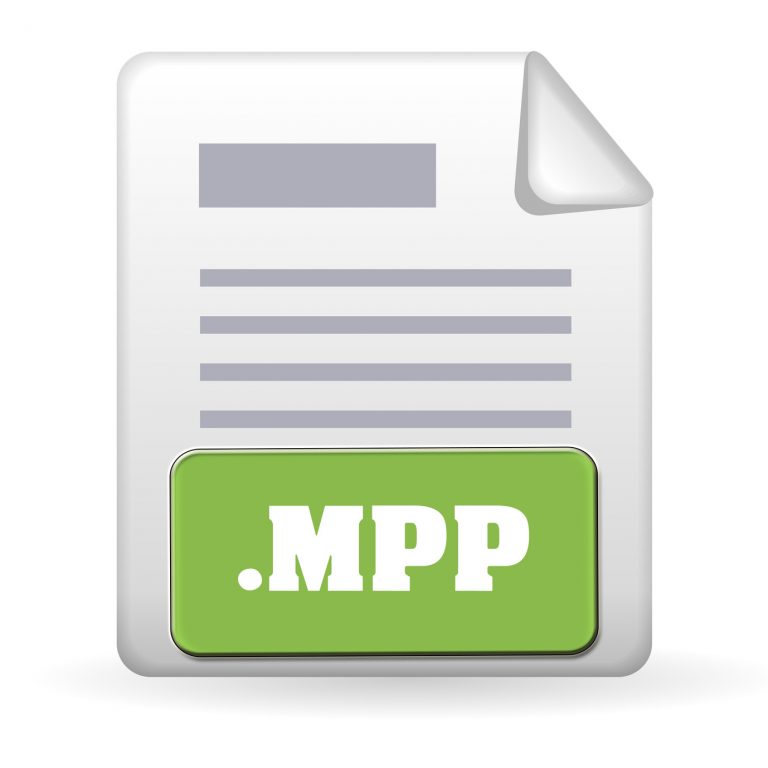
The mobile versions of forms were also found to be quite lacking, a growing contradiction to Microsoft’s “mobile-first, cloud-first” mantra. This leads to users experiencing certain issues when forms are published in SharePoint, such as HTML rendering issues. Over time, however, some of the tool’s limitations came to the surface the most prominent of which being its XML foundations. InfoPath was greatly utilized during the early years of its tenure businesses were able to build forms that supported calculations, external data sources, conditional formatting, and custom code inside the form itself.

These smart forms can then easily be published to SharePoint, where users can fill it out directly in their browser. Initially launched as part of Office 2003, Microsoft InfoPath is a software that allows users to create complex electronic forms containing validation rules, actions, workflows and more. Users are now actively looking for alternative ways of creating forms in SharePoint, so we’ll list a few of our favorites in the following article.īut before we get to the good stuff, we should begin with the basics: What Is an InfoPath Form?

The forms services in Office 365 will be ‘supported until further notice’. It will still be supported in SharePoint 2016 and will continue to be until 2023. InfoPath has long been one of the most widely used SharePoint forms, in part because of its end-user friendliness and for its capability to access numerous data sources, all with little to no coding.īut the usability of the software had become dated, so Microsoft made the decision that InfoPath 2013 would be the last version of the application to be released.


 0 kommentar(er)
0 kommentar(er)
